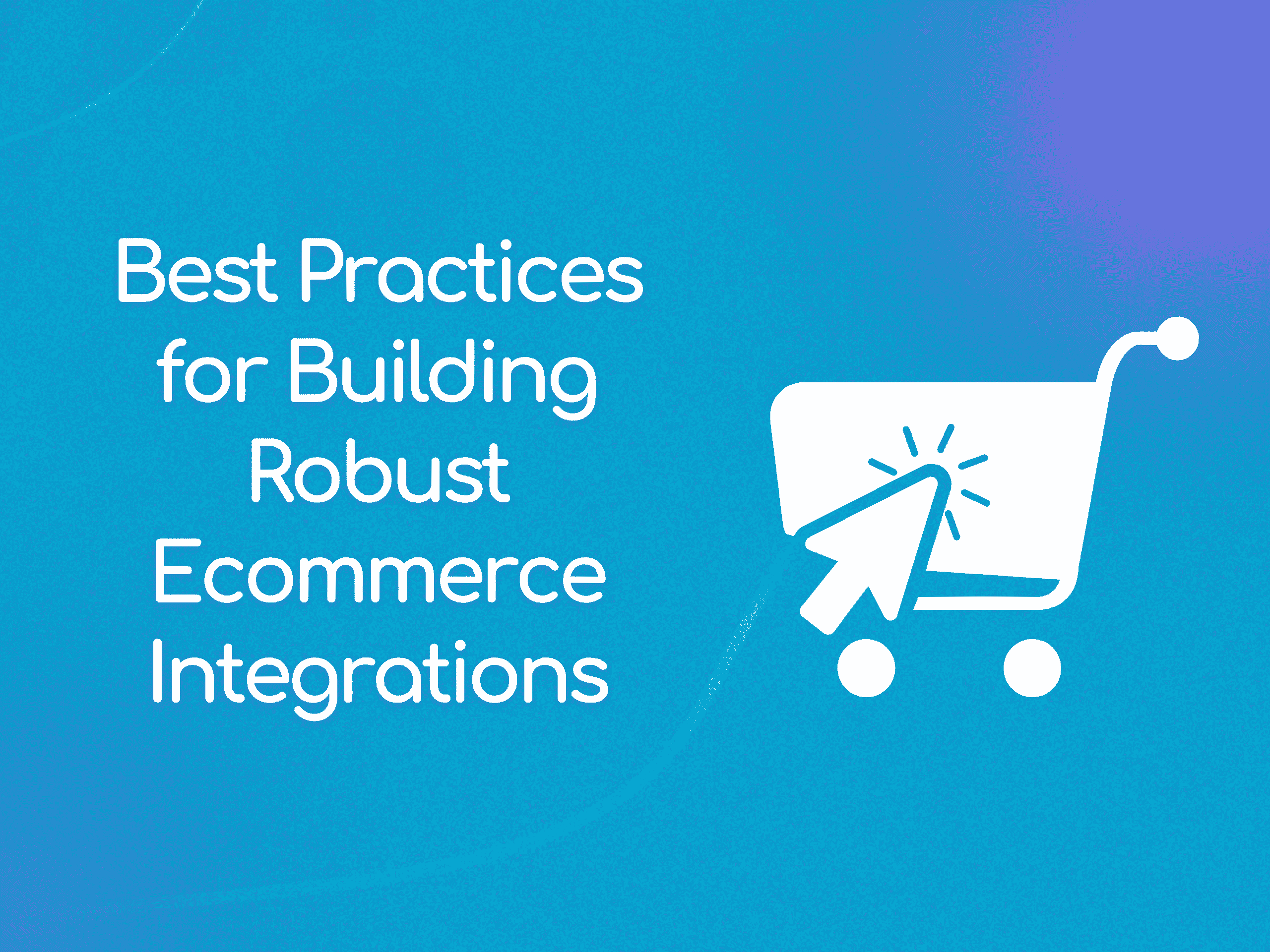No-Code vs Code-First Integration Platforms: Which is Right for Your B2B SaaS Business?
When building integrations for B2B SaaS users, no-code tools, code-first tools, and DIY integrations all have pros and cons. We cover a framework for evaluating each option and making a decision based on the needs of your company and customers.
.avif)
Written by
Elizabeth Garcia, Product Marketing Manager
Published on
August 9, 2024
When building integrations for B2B SaaS users, no-code tools, code-first tools, and DIY integrations all have pros and cons. In this webinar Pandium Co-founders cover a framework for evaluating each option and making a decision based on the needs of your company and customers.
Cristina Flaschen (CEO, Pandium) and Shon Urbas (CTO, Pandium) bring decades of combined experience in integration and platform implementation, and have a deep understanding of the nuances and challenges that come with in-house development and outsourcing using external tools.
.avif)
Latest
From the Blog
Check out our latest content on technology partnerships, integration and APIs. Access research, resources, and advice from industry experts.
.png)
Pandium Earns G2 Spring 2025 Recognition for High Performance and Support
Pandium earned Best Support and High Performer badges in G2’s Spring 2025 Reports across multiple categories. See what our customers had to say and what went into the recognition.

Best Practices for Building Robust Ecommerce Integrations
Ecommerce platforms require integration with various systems for seamless data flow. Understanding key considerations and best practices is crucial for creating efficient and scalable integrations that drive growth.
Want to see Pandium in action?
Schedule a demo with one of our integration experts.
